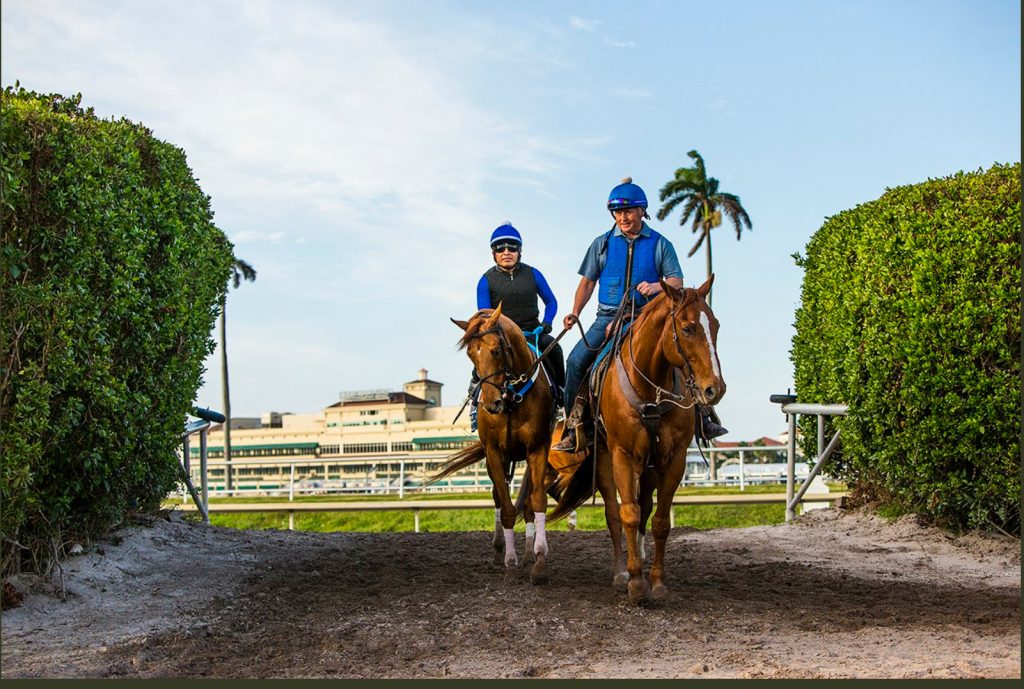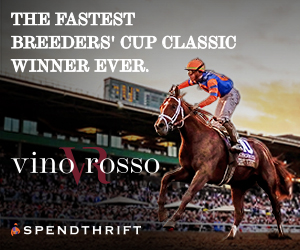
On May 20, 2006, the anticipation built up for the Preakness rapidly shifted to horror as millions watched Barbaro break through the starting gate only to ultimately be pulled up by his jockey as he considerably favored his left hind hoof. The jockey, Edgar Prado, said of the incident, “I heard a noise about 100 yards into the race and I pulled him right up.” That noise was the fracturing of Barbaro’s cannon and pastern bones and sesamoid along with the dislocation of his ankle at the fetlock joint. Without a doubt, the fracture alone ended Barbaro’s racing career but it ended up costing him his life as more complications arose from the injury that were too much for the colt to handle. Eight months after the Preakness, Barbaro was euthanized.
It’s a theme all too common in the world of racehorses. Many other horses, like Barbaro, suffer from what are called catastrophic musculoskeletal injuries or CMI. With a staggering frequency of 87%, these injuries are easily the most common out of all the injuries that racing can inflict on a horse’s body. Horses are natural athletes and racing is a high-intensity sport. Like with all athletes competing in their sports, there are certain risks that come with performance at a high level.
The risk factors associated with horse racing can be tricky to find. While catastrophic musculoskeletal injuries are the most frequently occurring injuries, racehorses are obviously not dropping like flies at every race. The incidents of injury tend to happen under various circumstances so studies to find these risks have to be conducted over a large span of time with a large pool of horses. One such study was conducted between the years 1990 and 2017. Within this time frame, the causes for these injuries placed in the study were evaluated and categorized as horse-related, race-related, or management-related. Because CMI’s have been found to be caused by multiple factors, there is no simple cause-and-effect relationship with only one risk.
Horse-related risks
The horse-related risks refer to those that directly involve the horse such as age at the first start, gender, and if the horse is running a higher class of race. The study found that as the horse’s age increased, so did the risk for musculoskeletal injury. It is within the realm of possibilities that because the horse is older, it has more exposure to racing and therefore has endured more wear and tear on its bones. In matters of gender, males were more likely to be injured than the females. This went hand-in-hand with the particular class of race the horse was running. For example, there would be a higher risk of injury on the track with the majority of older male claiming horses than another track with mostly younger female non claiming horses.
Race-related risks
These risks concern the conditions of the race such as longer race distance, wetter dirt, firmer turf, and a larger number of starts. A lower risk of injury was found to correlate with turf tracks rather than dirt. However, this also coincided with the risk of injury associated with the horses’ genders in the study as explained earlier. In addition to examining the turf of the track, the condition of the track must also be called into question. When this part of the study was conducted, no conclusive evidence was found in the condition of the track as a whole that contributed to injury. A step further was taken though, and specific locations were found on the track where injuries had occurred. This way, preventative steps can be targeted in these areas to avoid injury again.
Management-related risks
Risks that are related to management mean these revolve around the length of the horse’s racing career, the time lapse between starts, any previous injuries, and any use of medications in the horse. When medications were evaluated, there was little to no significant difference found between this particular risk and the injuries. Generally speaking, a horse that races frequently and is exercised intensely in between races is more susceptible to injury simply because of the constant stress put on his limbs. The horses that were part of the study conducted all had a history of higher racing frequency per year and higher intensity of training in between races.
Conclusion
No two horses will run a race with the exact same amount of risks involved because every horse is different. One colt could be ready to run at the fresh age of two while another colt might need to wait unit he is after the ripe old age of three to race. While older age can often indicate a higher risk of injury, age most likely would not be a contributing factor for the latter horse due to a later start in his racing career. Risks such as the ones described earlier are all taken into consideration before and throughout a racehorse’s career. As for the fate of Barbaro, his story has been ruled as a freak accident. Around 2 out of every 1000 starts result in fatal injuries and it’s unclear what caused the injury on that dark day in May. He was fine after the false start and then suddenly his leg was shattering in 20 different places a mere two minutes later. There is no easy conclusion for Barbaro’s story but what can be done is the continuous evaluation of the risks behind catastrophic musculoskeletal injuries to lessen the chances of history repeating itself.
Always check with Past the Wire for the latest horse racing news and more…..
Support the Sport of Horse Racing and the Horses who can no longer race and get a Past the Wire hat in the process. Just $35.00 to help the Thoroughbred Aftercare Alliance:
Get Your cap and show your support here….




